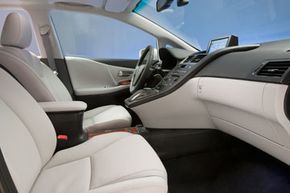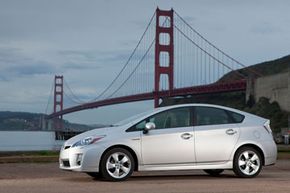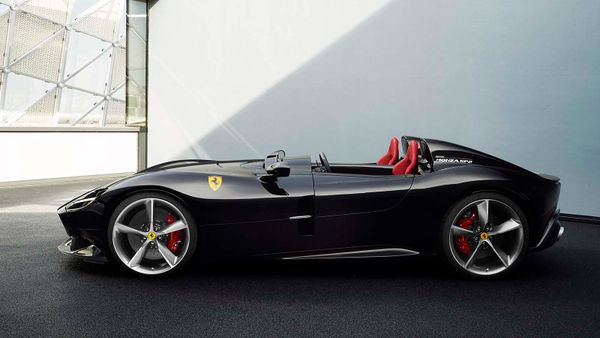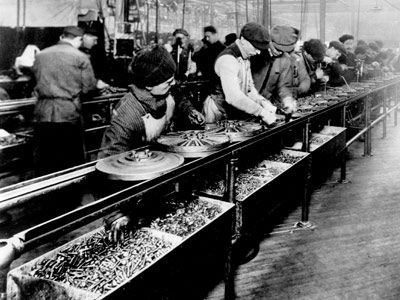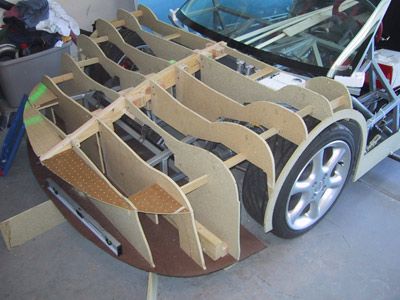With about 250 pounds (113 kilograms) of plastic in the average car, the auto industry is doing its part to fill the world's trash heaps [source: CCC]. When that average car outlives its usefulness, all that fossil-fuel-based plastic ends up in one of two places: either recycled into other plastic parts, releasing tons of carbon dioxide in the process, or spending anywhere from a few hundred to a few thousand years in the average landfill, where it proceeds to take up space and leach harmful chemicals into the air, soil and water supply.
If only our plastic floor mats were made from corn starch instead of fossil fuels. If only we were in the market for a new kind of hybrid.
Advertisement
Named and known for their combined power sources, upcoming hybrid car models are not just running green; they are made green. Going beyond increased gas mileage and high-tech perks like color-coded driving-efficiency alerts, carmakers are moving into the realm of eco-friendly building resources like bioplastics, also known as eco-plastic.
Eco-plastics come in a few different forms: recycled traditional plastic, which doesn't behave any differently in a landfill but has the benefit of not bringing any new petroleum-based plastic into world; synthetic eco-plastics, which are made of engineered materials and should degrade faster and cleaner in a landfill; and bioplastics, which are made from plants instead of petroleum and should also behave differently in a landfill.
The automobile eco-plastic currently in production is bioplastic, and it's a lot like the regular stuff that currently makes up most car interiors -- it looks the same, feels the same and stands up to the same stressors. The difference is in how it acts after we're done with the car. Plant-based eco-plastic, usually made from corn, sugar or cellulose derivatives, not only degrades faster than the plastic made from fossil-fuel derivatives, but it's also made from sustainable rather than finite resources and has a smaller carbon footprint because the plants that comprise it consume CO2 as they grow.
In this article, we'll find out what hybrid cars are doing with eco-plastic and see what the future holds for this green trend.
We'll start by looking at perhaps the most famous hybrid car in the world: the Toyota Prius. In plastic as in power, Prius is leading the way.
Advertisement
